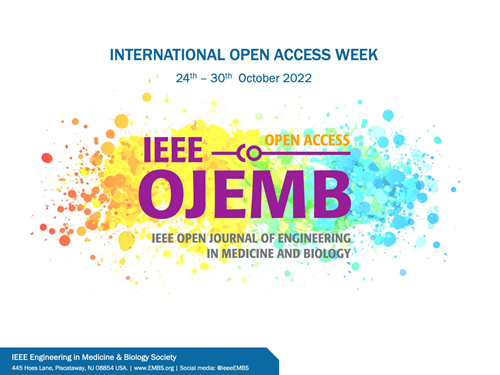拓扑数据分析揭示B腔乳腺癌的一个亚群
IF 2.9
Q3 ENGINEERING, BIOMEDICAL
IEEE Open Journal of Engineering in Medicine and Biology
Pub Date : 2025-03-21
DOI:10.1109/OJEMB.2025.3558670
引用次数: 0
摘要
目的:高通量生物数据具有巨大的复杂性和更高的维度,继续需要创新的分析方法进行有意义的探索。大多数减少数据维的方法都忽略了数据的形状和拓扑,尽管它们是数据结构和复杂性的重要组成部分。本研究利用拓扑数据分析(TDA),并以乳腺癌(BC)基因表达数据为例,展示了包括数据形状的力量。结果:除了描述已知的BC亚型外,TDA还在腔内B癌中确定了一种新的亚型以及定义该亚型的特征。最终结果通过三维(3D)散点图显示,该散点图展示了我们通过TDA识别的潜在模式如何映射到3D空间。结论:新的子类型,获得无监督和验证的先验知识,展示了嵌入的分析数据的拓扑和形状的力量。本文章由计算机程序翻译,如有差异,请以英文原文为准。
Topological Data Analysis Reveals a Subgroup of Luminal B Breast Cancer
求助全文
通过发布文献求助,成功后即可免费获取论文全文。
去求助
来源期刊

IEEE Open Journal of Engineering in Medicine and Biology
ENGINEERING, BIOMEDICAL-
CiteScore
9.50
自引率
3.40%
发文量
20
审稿时长
10 weeks
期刊介绍:
The IEEE Open Journal of Engineering in Medicine and Biology (IEEE OJEMB) is dedicated to serving the community of innovators in medicine, technology, and the sciences, with the core goal of advancing the highest-quality interdisciplinary research between these disciplines. The journal firmly believes that the future of medicine depends on close collaboration between biology and technology, and that fostering interaction between these fields is an important way to advance key discoveries that can improve clinical care.IEEE OJEMB is a gold open access journal in which the authors retain the copyright to their papers and readers have free access to the full text and PDFs on the IEEE Xplore® Digital Library. However, authors are required to pay an article processing fee at the time their paper is accepted for publication, using to cover the cost of publication.
 求助内容:
求助内容: 应助结果提醒方式:
应助结果提醒方式:


